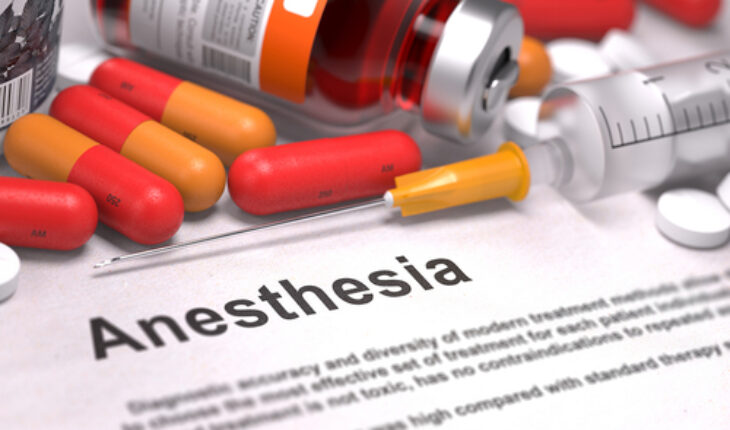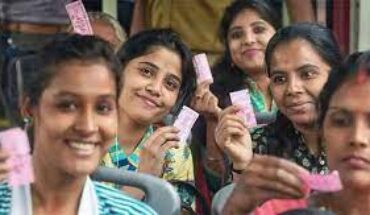The recent incidents of Indian-made drugs causing significant harm and even death to patients worldwide are distressing and demand serious introspection. Two patients in Sri Lanka recently died due to the administration of Indian-manufactured anaesthetic drugs, a first of its kind incident. Last month, Indian-made eye drops led to eye infections in approximately 30 patients and caused blindness in 10, again in Sri Lanka. Earlier this year, similar products caused infections and blindness in the US. These alarming incidents began last year when the WHO associated the deaths of over 70 children in Gambia with Indian-made cough syrups containing lethal chemicals used as cheaper substitutes for propylene glycol. These substances, diethylene glycol and ethylene glycol, should never be present in any medicinal product. Despite WHO’s warnings and independent investigations confirming the link between the deaths and the toxic substances, the Indian drug regulator’s response has been deeply concerning. Rather than acknowledging the gravity of the situation and taking stringent action against the errant company, it has instead gone on the offensive, defending the company and questioning the findings of the global health body. Such an approach does not inspire confidence or trust. The Indian regulator’s failure to put effective measures in place to ensure the safety of drugs produced in India, whether for export or domestic use, is disconcerting. Inspections alone cannot guarantee safety; a systematic and rigorous regulatory framework that prioritizes patient safety over industry facilitation is required. India, often referred to as the ‘pharmacy of the global south’, can only continue to uphold this title if its drug regulator prioritizes its role as a watchdog. Ensuring drug safety should be its paramount concern, not acting as a facilitator for the pharmaceutical industry. The lives of millions of patients worldwide depend on it. It’s high time that India’s drug regulator rises to the occasion and fulfills its mandate.
For pharma firms, safety must trump profits
Published Date: 24-06-2023 | 6:45 pm




